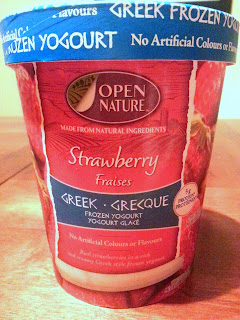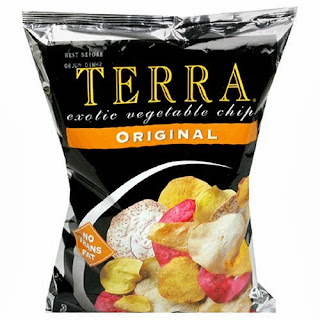Weekdays:
Mornings: Prepare 1 cup of Whole Grains in a rice cooker while you get ready for work. Choose from Quinoa, Oats, Brown Rice, Millet, Buckwheat, or Amaranth and combine with Cinnamon, Cardamom, Ginger, and Nut Meg. Alternatively, Popped Quinoa and Amaranth are good substitutes for cereal and go well with milk.
Commute: Eat one large or two small pieces of fruit with your breakfast or as a snack on the subway, in the car, on the train, or as a mid-morning snack at work. Experiment with different kinds of fruit.
Lunch: Bringing your own lunch to work will reduce the temptation to go out or order delivery. Pack steamed veggies like kale, broccoli, collard greens, or green beans in a tupperware container. Some rice cookers double as a vegetable steamer, which is very helpful to expedite your morning routine. Also try packing a small salad with olive oil and raw and unfiltered apple cider vinegar, baby carrots, nuts and seeds,a boiled egg, plain yogurt, and the any leftover whole grains or fruit from breakfast. Great additions like avocado, grapes, and cucumber are quick and easy choices.
After Work Snack: Try having a snack right after work to curb hunger while you are cooking dinner. This can be the remainder of your lunch or more steamed veggies, a salad, or a piece of fruit if you are craving sugar or refined carbs. This is a good time to work in your daily bowl of yogurt with some flax seed if you didn't get a chance to eat it at lunch.
Dinner: This can be any meat combined with a vegetable, potato, salad, or rice. Home made Chili is a tasty dinner option, as is Stir Fry, Taco Salad or Burritos made with Ezekiel Tortillas. Salmon and Summer Salad's are great choices in good weather, while home made Soup
is a great choice in winter. Anything that can be cooked in slow cooker works well. Try to experiment adding different kinds of Veggies and Spices to all of your dishes.
Tea Time: Even if you're American, try incorporating caffeine-free green tea in the early evening an hour or so after dinner, or any other time throughout the day.
Keep in mind that this diet plan replaces refined carbohydrates with complex carbohydrates, which is the key to overcoming Candida and many other disease states. It also adds foods to boost immunity and general health. Unlike Candida diet plans, it does not cut out fruit or whole grains, so is therefore more sustainable over the long-term.




